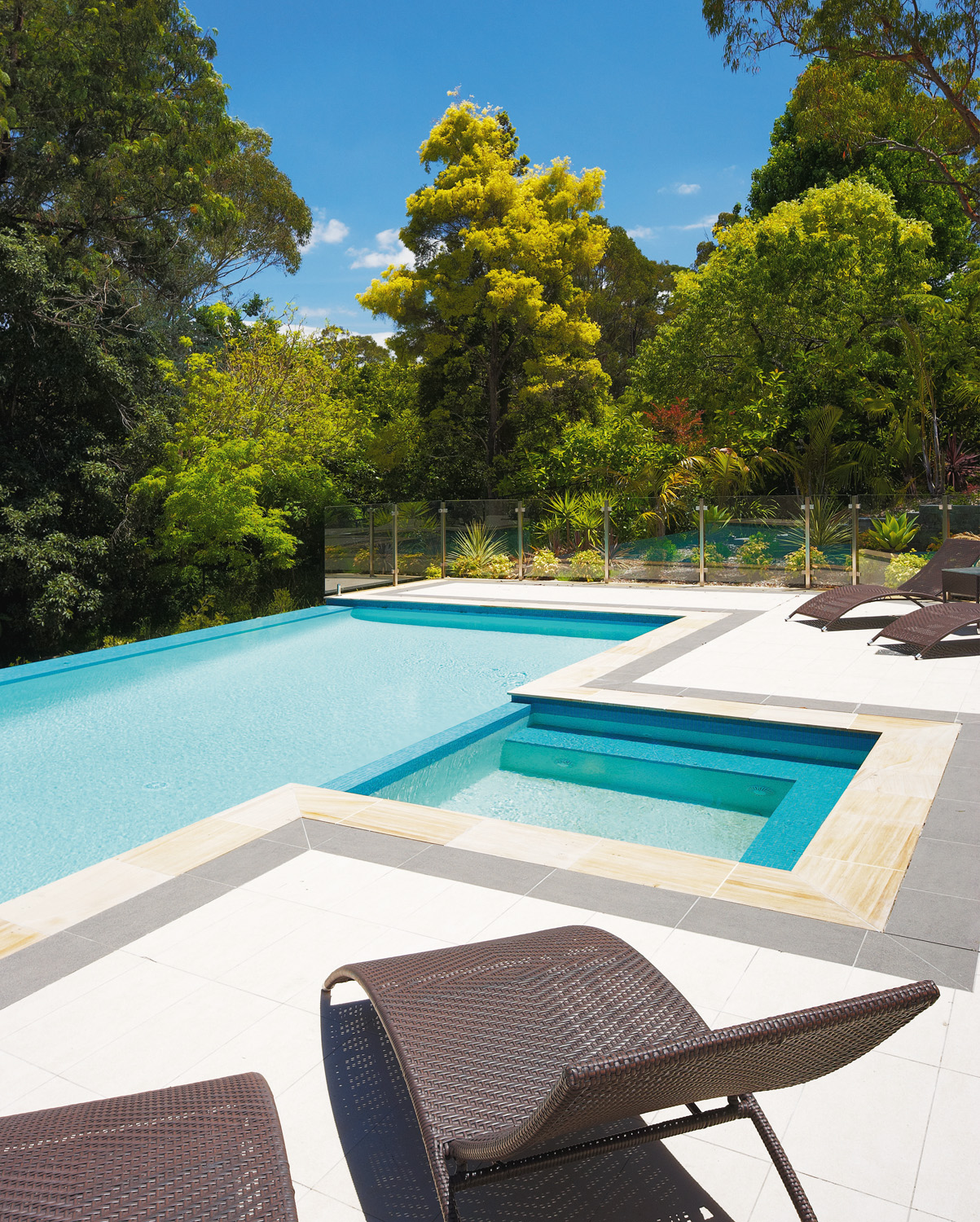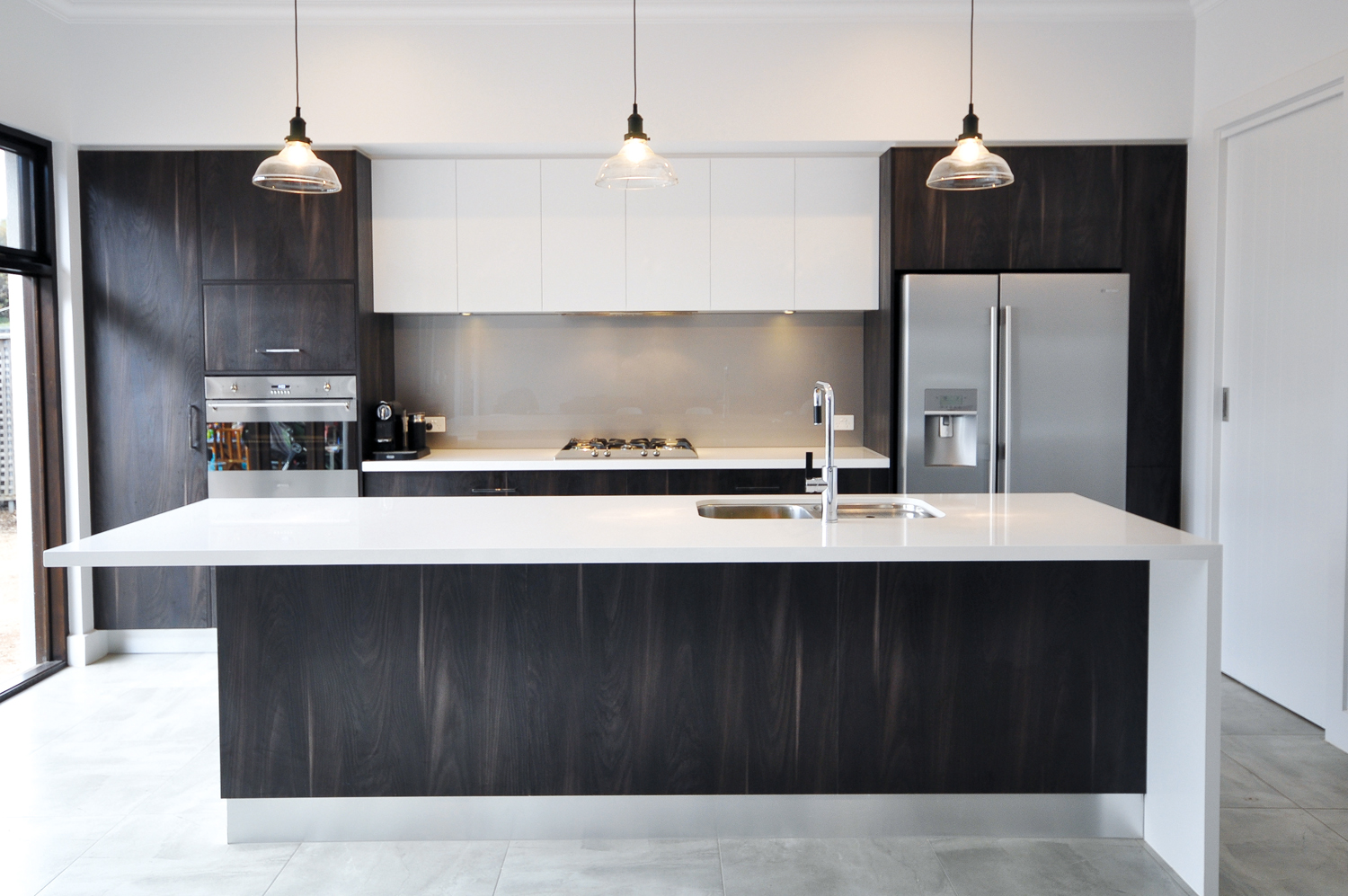Creating a dog-friendly garden is easier than you think, writes the editor of Dogs Life
Story: Caroline Zambrano
Dogs have the well-deserved reputation for being hard on gardens. They will race through your prized flowers during a hot chase or dig deep holes and urinate on every plant and shrub in the yard, but that doesn’t mean dogs and gardens are incompatible.
Before you begin designing your pet-friendly garden, you must decide first where your dog will be spending most of its time. Dogs are pack animals and want to be with their family. But if your dog has to stay outside for a lengthy period of time, then you will need either a fenced yard or a large kennel.
If your dog does spend much of his time home alone, you will also need to provide entertainment for him while you’re away.
The way you design your pet friendly garden will affect how your canine gets along with your plants and garden accessories. Your choices will also influence the amount of work you will have to do in maintaining your garden and ensuring your dog is happy and safe while you’re away.
To get some tips on putting together a pet-friendly garden and for those who may not have any experience in gardening, I caught up with celebrity gardener, author and television host Jamie Durie at his award-winning design company, Patio Landscape Architecture & Design, in Sydney.
With his Rhodesian Ridgeback, Bodhi, at his side, Jamie suggested some creative ways to create a garden that can suit your lifestyle and meet the needs of your dog as well.
Different needs
With pet ownership in Australia continuing to rise, Jamie agreed that more and more people desire gardens that are child and pet friendly. More importantly, every person and every dog has different needs in creating a garden.
“Individual problems need individual solutions,” he said, lifting Bodhi onto his lap. In fact, Durie is designing his own garden, one that not only fits his entertaining lifestyle but also caters to Bodhi’s needs as a large, active breed. Overlooking plans of a garden design, he said that training your dog to respect your garden is the key.
“With good training, you can blend entertainment and dogs,” he said. For instance, you can train your dog to stay away from a certain part of the yard or teach your pooch not to beg from guests. Dogs add value to social situations. To me, a dog makes a home.”
Part of dog training involves taking your dog out of the garden every day to exercise. “Exercise your dog outside and interact with other dogs. Then bring your dog home and like you, they will use the home to relax,” he said.
Simple solutions
According to Jamie, today’s trend is to design larger gardens. “People are building huge backyards,” he said. “Yes, that’s good if you have the space. But if you live in suburban areas you don’t have a large backyard.”
He sees a growing number of townhouses in the marketplace, which indicates that people want the best of both worlds. He said you can apply simple solutions when designing a garden that will keep your dog happy and safe, and your garden intact — “as long as they have shade”, Durie said — the main rule for creating a pet-friendly garden. Here are some of his simple to follow tips:
? It’s very important to have a garden that has high borders or retaining walls to keep dogs from escaping.
? Raise earth levels on garden beds to deter canine exploration.
? Use border plantings that have a grass-like foliage because dogs can’t do a lot of damage to ornamental grasses.
? Keep border planting dense.
? Use temporary chicken wire around new plants until they have a chance to become well established.
? Dogs like the smell of earth and want to dig. Stone mulch discourages dogs from digging.
? Use more salt-tolerant plants as they are more tolerant of dog urine.
? Create free lawn space for your dog to play.
? Jamie said the design plans for his own ‘Bodhi-friendly’ garden include raised garden beds and open lawn space as well as inorganic mulch and grass-like foliage to dissuade Bodhi from digging.
Relevant regulations
Before you get carried away creating the plans for your pet-friendly garden, keep in mind every state and territory in Australia has certain laws that may affect the garden design.
“You might save yourself considerable cost and effort later on,” said RSPCA Communications Manager Jane Speechley. “All states and territories have laws against allowing dogs to roam freely without supervision of the owner, so it’s very important to ensure your dog is safe and secure in your own backyard.”
No matter how you design your garden, the main things every pet owner must have for their dog is a water bowl, a kennel suitable for the size of the dog, and shade.
“The pet must have shelter that is appropriate for all seasons — for example, adequate shade in summer and a warm, dry place to sleep,” she said.
Your dog should have access to cool water at all times. It’s a good idea to have more than one bowl of water in the garden as your dog may knock over one bowl of water during playtime.
When considering different types of fencing, think about the type of dog you have (big or small), its life stage (will it grow much more?), how high it can jump and how skilled it is at escaping. Some dogs are real Houdinis when it comes to finding a way out, said Jane.
“Consider the possibility of the dog jumping or scrambling over the fence as well as digging underneath,” she said. “The fence itself should also be constructed out of materials that are sturdy but safe for your pet, with no sharp points or edges that might cause injury.”
Keeping Fido safe
A friendly garden also means a “safe” garden, which means keeping gardening tools that might cause injury to your pet safely locked away indoors.
Also keep all household and gardening chemicals (including fertilisers or poisons such as snail bait) out of your pet’s reach. Where possible, look for safer alternatives.
“Carefully read the instructions and ingredients for chemicals used in the garden — many of these can be toxic to pets and often there are safer alternatives available. If in doubt, ask your vet or garden nursery assistant,” said Jane.
She also urged pet owners to be careful when using organic fertilisers, such as blood and bone: “These can be very attractive and tasty to dogs, but are really not good for them to eat. Your hungry pet may well think that you’ve just buried a bone under that tree you planted.”
Take the time to have a good look around your garden and watch out for wires on the ground, damaged fences or wooden stakes that might have the potential to cause injury to your pet.
“Be wary if you are thinking about installing a water feature. Not all pets are good swimmers or comfortable around water, and pets — particularly very young or older pets — have been known to drown even in quite shallow water,” said Jane.
Some types of plants can also cause irritation and allergies in pets. “Watch out for symptoms, such as persistent scratching and inflammation of the skin, or weepy eyes and nose. If you suspect a problem, see your vet as soon as possible as these can often be treated relatively easily,” she added.
Toxicity and plants
Dogs are opportunistic and will tend to eat what is available, but some plants are toxic to dogs. Some examples of poisonous plants are aloe (causes vomiting, depression, tremors), holly (causes intense vomiting, diarrhoea, depression), oleander (cardiovascular abnormalities, decreased body temperature, abnormal pulse rate, gastric upset and death) and tomato plants (severe gastric upset, depression, weakness, decrease in heart rate).
For a list of poisonous and non-toxic plants for dogs, check out Australian Government Agriculture Portal at www.agriculture.gov.au or the ASPCA National Animal Poison Control Centre website at www.aspca.org



